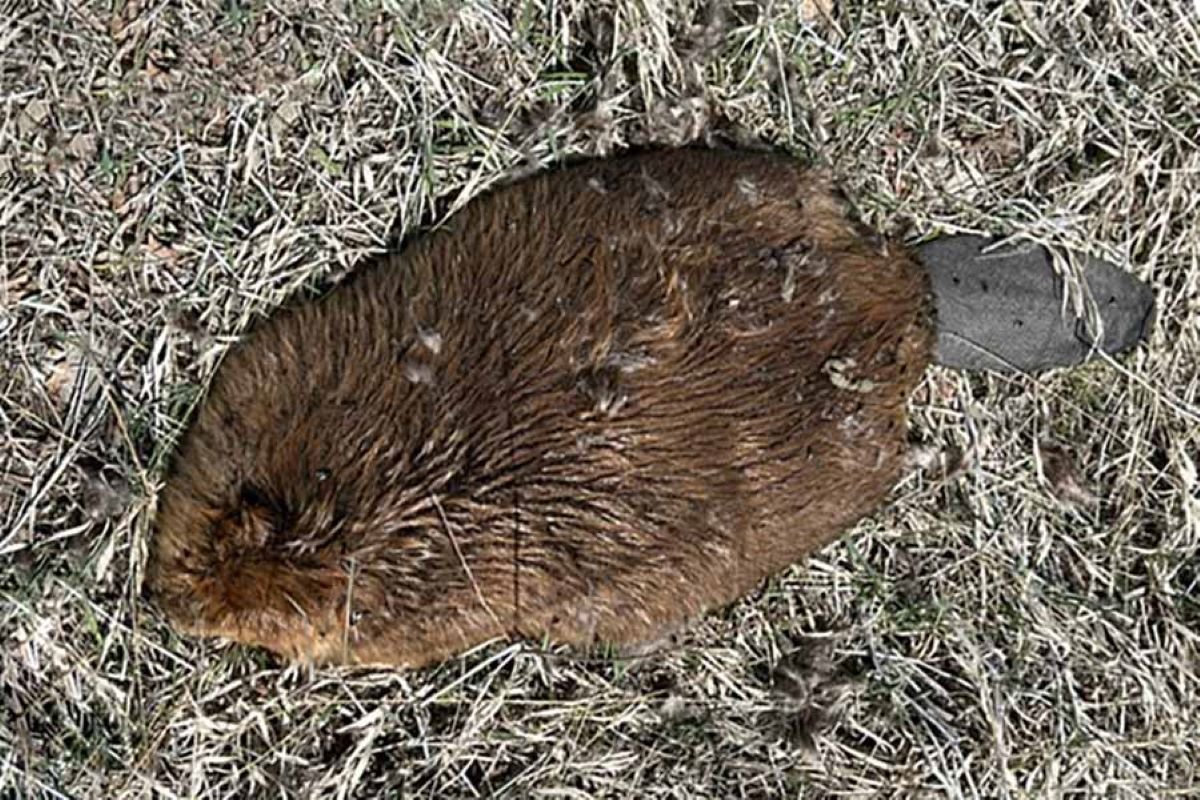Beavers are dying in Utah from a disease fatal to rodents which can spread to people.
The bodies of nine beavers which died of rabbit fever or tularemia have been found across three counties over the last few weeks, the Utah Division of Wildlife Resources (DWR) reported.
The disease is cased by the bacteria Francisella tularensis and is linked to "acute, fatal" infections of rabbits, hares and other rodents, including beavers, said the division. It is found throughout North America.
In humans, the disease can cause chills and fever, muscle pain and fatigue or lack of energy and officials are urging members of the public not to touch a dead beaver.

Five beavers were all found in the same place, near the Swaner Preserve & EcoCenter between March 23 and April 2. Another was discovered near Midway on April 5. And then, the carcasses of another two beavers and a vole were found near the Jordanelle Dam on April 8. One more was found in Birdseye, Utah County, on April 10.
"The bacteria that causes this infection is known to be in the environment in many parts of Utah; however, it is unusual to see this many animals die from it at once," DWR Veterinarian Ginger Stout said.
The disease is usually spread through tick bites or deerfly. It can also be spread through blood contact from other infected animals, and in water.
Although the disease is often fatal to rodents, it can be treated in humans with antibiotics, according to the Centers for Disease Control and Prevention (CDC). However if it is not treated promptly, it can prove dangerous.
"There is a concern about the possibility of tick-borne or fly-borne diseases, so it's advised to take the necessary precautions by wearing protective clothing, using appropriate insect repellent and checking for ticks after being in brushy areas," Stout said.
The division is asking members of the public not to touch any dead rodents, but to report them to its office. The last time the disease killed wildlife in the state was in 2017, when a cottontail rabbit was found dead in the Kanab area.
Do you have a tip on a science story that Newsweek should be covering? Do you have a question about this disease? Let us know via science@newsweek.com.
Uncommon Knowledge
Newsweek is committed to challenging conventional wisdom and finding connections in the search for common ground.
Newsweek is committed to challenging conventional wisdom and finding connections in the search for common ground.
About the writer
Robyn White is a Newsweek Nature Reporter based in London, UK. Her focus is reporting on wildlife, science and the ... Read more
To read how Newsweek uses AI as a newsroom tool, Click here.








